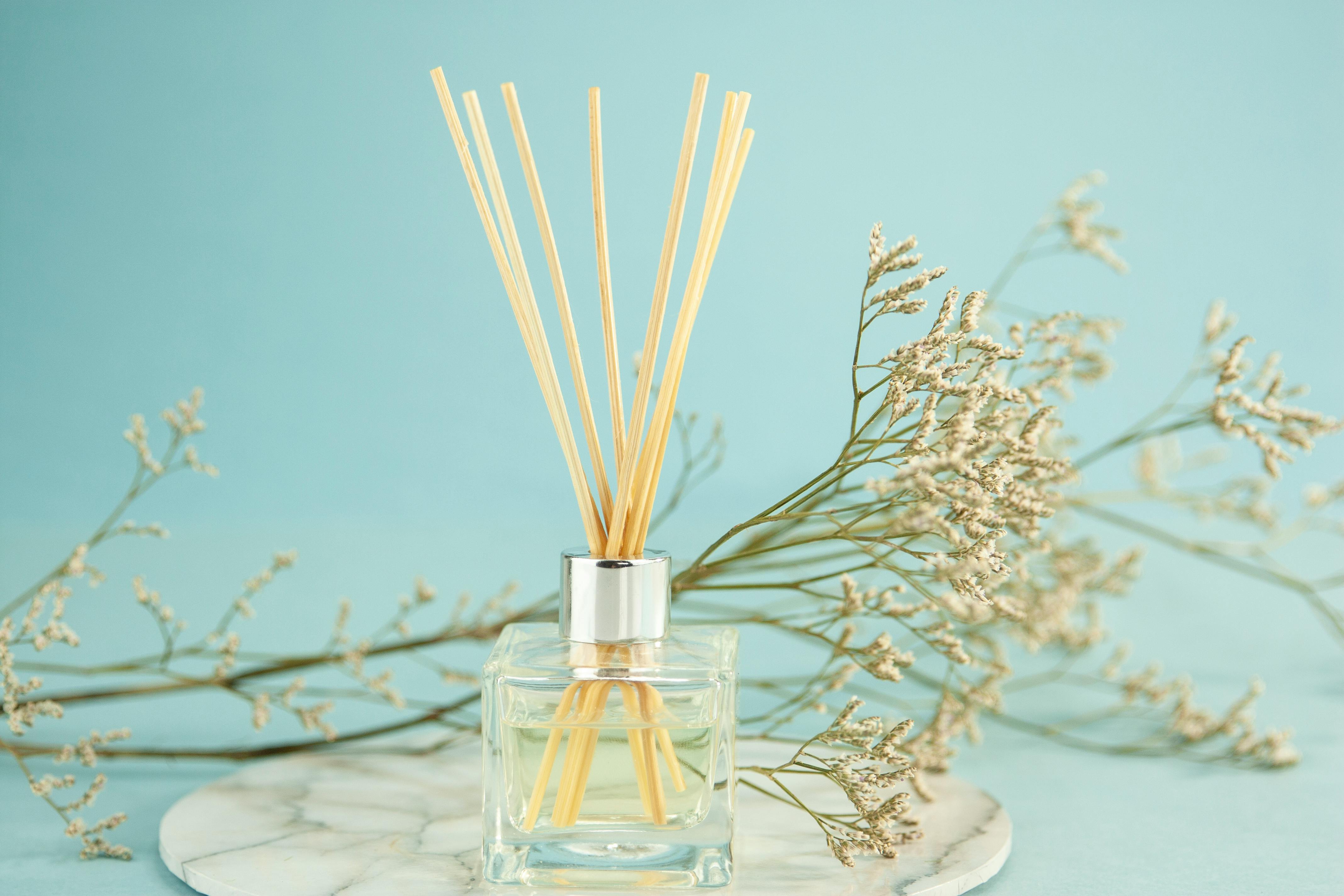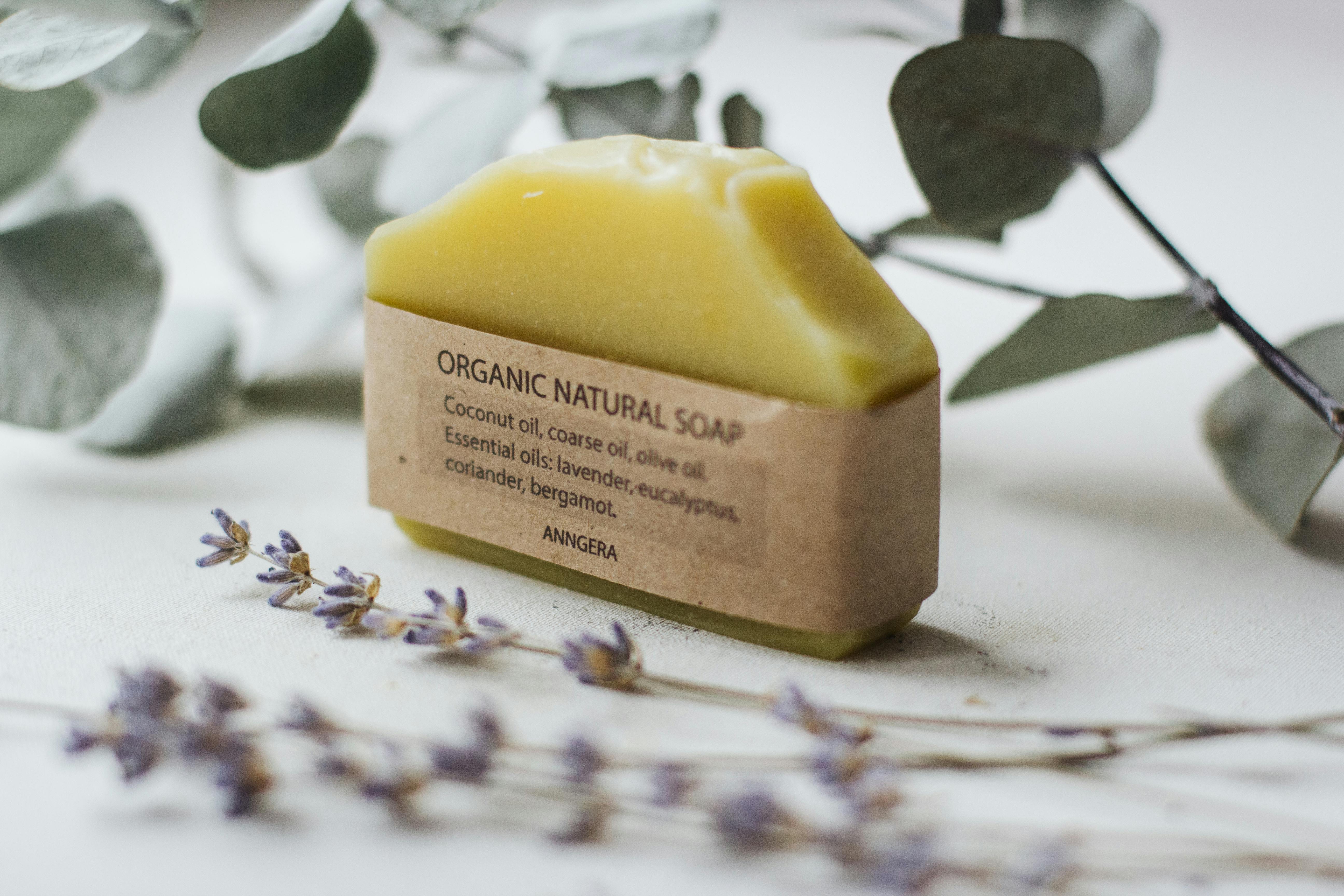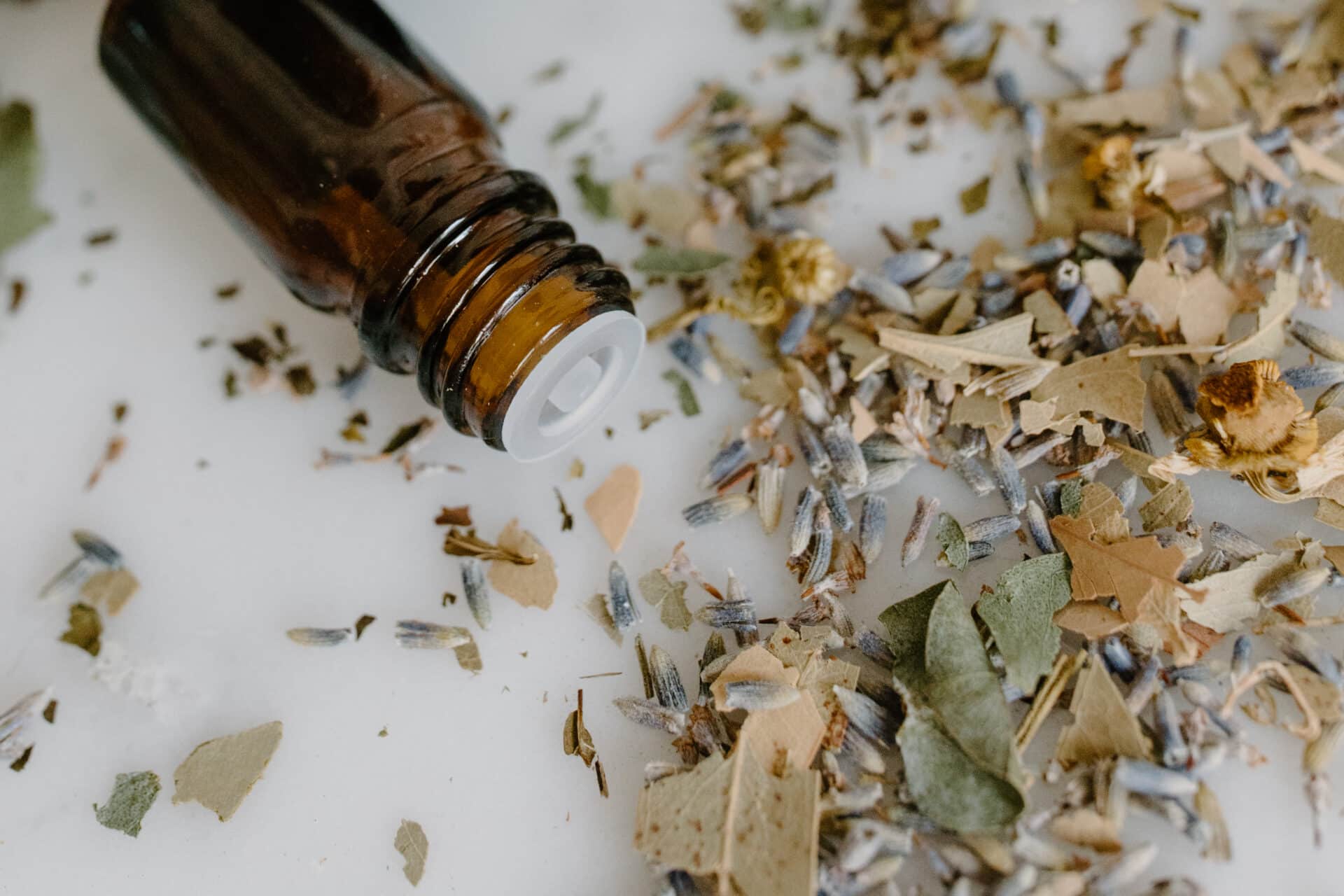Distilling herbs and essential oils can be a great way to create natural aromatic products from plants. Distillation is the process of separating plant material into its component parts, resulting in a concentrated liquid product which is known as an essential oil. This liquid contains the essence of the plant, including its scent, flavor, and therapeutic properties. This article will provide an overview of the distillation process and give tips on how to distill herbs and essential oils at home.Essential oils are highly concentrated plant extracts that contain the natural aromatic compounds of a particular plant. These oils are typically obtained through a process of steam distillation, cold pressing, or resin tapping. When used in aromatherapy, essential oils can help promote relaxation and reduce stress. In addition to their calming properties, essential oils can also be used for their healing properties such as helping to relieve headaches, improve digestion, and promote better sleep.
Different Types of Herbs Used For Distillation
Herbs are widely used in the process of distillation to produce essential oils, perfumes, and other related products. Distillation is a process used to separate components from a liquid mixture by boiling it and then condensing the steam into a separate container. The different types of herbs used in this process vary depending on the product being made. Common herbs used for distillation include lavender, rosemary, thyme, sage, juniper, and chamomile.
Lavender is known for its calming qualities and is often used to make essential oils as well as perfumes. Rosemary has a strong herbal aroma and is often used to make fragrant soaps or teas. Thyme has antiseptic properties and can be used to help heal wounds or soothe sore throats. Sage has anti-inflammatory properties and can be used to treat skin irritations or digestive issues. Juniper has antimicrobial properties and can be used to help fight off infection. Chamomile has soothing properties that can be beneficial for treating insomnia or anxiety.
Herbal dist
Selecting the Right Herbs for Distillation
Distillation is an ancient practice that is used to create essential oils, perfumes, and other aromatic compounds. In order to produce quality products, it is important to select the right herbs for distillation. Different herbs have different properties and can be used to create different types of aromatic compounds. Here are some tips for selecting the right herbs for distillation:
First, research various herbs and their properties. Learn about which herbs have high concentrations of essential oils, as well as those that produce fragrant smells. It is also important to understand which herbs are best suited for particular types of distillations. This will help you determine which herbs are appropriate for your project.
Second, look at the quality of the herb you are considering using. Make sure that it is fresh and free of contaminants such as pesticides or other harmful chemicals. Also check if the herb has been stored properly so that it maintains its natural aroma and potency.
Third, pay attention to the origin of the herb you are using. Many essential oils are sourced from far away places where local growing conditions
Distilling Herbs and Essential Oils
Distilling herbs and essential oils is a process used to extract the concentrated, aromatic compounds that give plants their unique scents and flavors. This process requires specialized equipment in order to ensure the safe and effective production of these valuable oils. The most important pieces of equipment needed for distilling herbs and essential oils include a still, condenser, collection container, thermometer, hydrometer, filter, and measuring cups.
The still is the most essential component in the distillation process. It is used to heat water or other liquids to a high enough temperature that the volatile compounds in plants become vaporized. This vapor is then cooled by a condenser which converts it back into liquid form. The collected liquid contains the concentrated aromatic compounds found in herbs and essential oils.
A collection container is used to separate any impurities or sediment from the oil through sedimentation or filtration. The thermometer is used to monitor temperatures during distillation in order to ensure that they do not become too high and damage or destroy delicate plant components. A hydrometer measures specific gravity of liquids which helps determine when distillation has been completed as desired
How To Prepare Your Herbs For Distillation
Distilling herbs is a great way to make natural aromatherapy oils, perfumes, and essential oils. Preparing your herbs for distillation is an important step in the process to ensure you get the highest quality of oil or perfume. Here are some tips on how to prepare your herbs for distillation.
The first step is to choose the right kind of herb for your distillation. Different herbs have different properties and will yield different results when distilled. If you’re not sure which type of herb to use, consider consulting an expert or looking up information online about the specific herb you have in mind.
Once you’ve selected the correct herb for your distillation, it’s time to prepare it for use. Make sure to remove any debris or dirt from the herbs before distilling them by gently brushing them off with a soft brush. This will help ensure that your oil or perfume is free from any contaminants.
Next, you’ll want to dry out

Setting Up The Distilling System
Setting up a distilling system can be a complicated process, but with the right knowledge and tools it can be done quickly and easily. The first step in setting up a distilling system is to assemble all of the components. This includes the still, pumps, valves, piping, condensers, and other necessary components. Once all of the components are assembled, the next step is to ensure that they are properly connected according to the manufacturer’s instructions. After this is done, it is important to check for any leaks or other issues that may arise during operation. If any problems are found they should be addressed immediately.
The next step in setting up a distilling system is to make sure that all of the components are properly calibrated and adjusted for optimal operation. This includes ensuring that all valves and pumps are set to their proper pressures and flow rates. Additionally, it is important to check for any kinks or blockages in the pipes or condensers that could impede the flow of liquid or vapor during operation. Finally, it is important to make sure that all seals and gaskets are properly installed so as not
Introduction
Distilling herbs and essential oils is a centuries-old tradition that has been used for a variety of purposes. From perfumes to medicinal treatments, distilling herbs and essential oils has been a way to extract the healing power of plants for centuries. Today, many people are turning to this ancient art as a way to make their own natural remedies or even just to experiment with different aromas. In this step-by-step guide, we will explore the process of distilling herbs and essential oils so that you can get started on your own distillation journey.
Equipment
The first step in distilling herbs and essential oils is to gather the necessary equipment. You will need a distillation kit which consists of an alembic pot, a condenser, a receiving flask, an alcohol thermometer, tubing, and some form of heat source such as a hot plate or stovetop burner. You will also need some type of container for collecting the distilled liquid such as glass jars or beakers. Additionally, you may want some protective gloves and eye protection when handling volatile liquids like alcohols or essential oils.
How To Collect The Essential Oils From Your Distillate
Once you have distilled your oil, the next step is to collect the essential oils from your distillate. This process is known as fractionation and involves separating the various components of the distillate into individual fractions or “cuts”. The different fractions are collected separately, depending on their boiling points, and then stored in separate containers. Here’s a step-by-step guide on how to collect essential oils from your distillate:
1. Use a still with a fractional arm attachment: Most modern stills come equipped with an adjustable fractional arm that can be used to separate different components of the distillate based on their boiling points. This will allow you to collect each fraction separately.
2. Set the temperature: Depending on what type of oil you are collecting, you will need to set the temperature accordingly. For instance, if you are collecting lavender essential oil, you will need to set the temperature between 170-190 degrees Celsius.
3. Collect each fraction separately: Once all of

Conclusion
Distilling your own herbs and essential oils can be a rewarding experience. It allows you to enjoy the fragrances, flavors, and therapeutic effects of these natural substances in your everyday life. While it is a time-consuming process, it is relatively easy to do with the right equipment. Additionally, when done properly, you will have high-quality products that are better than store-bought options. In the end, distilling your own herbs and essential oils is an excellent way to get the most out of these plants and their beneficial properties.
Distillation helps you to make use of every part of the plant – from its leaves and flowers to its stems and roots – so that nothing goes to waste. It ensures that you are able to capture all of the precious aromas, flavors, and therapeutic benefits that nature has provided us with in a safe and effective way. So if you’re looking for a creative outlet or want to take control of your health and wellness regimen, try distilling your own herbs and essential oils today!

